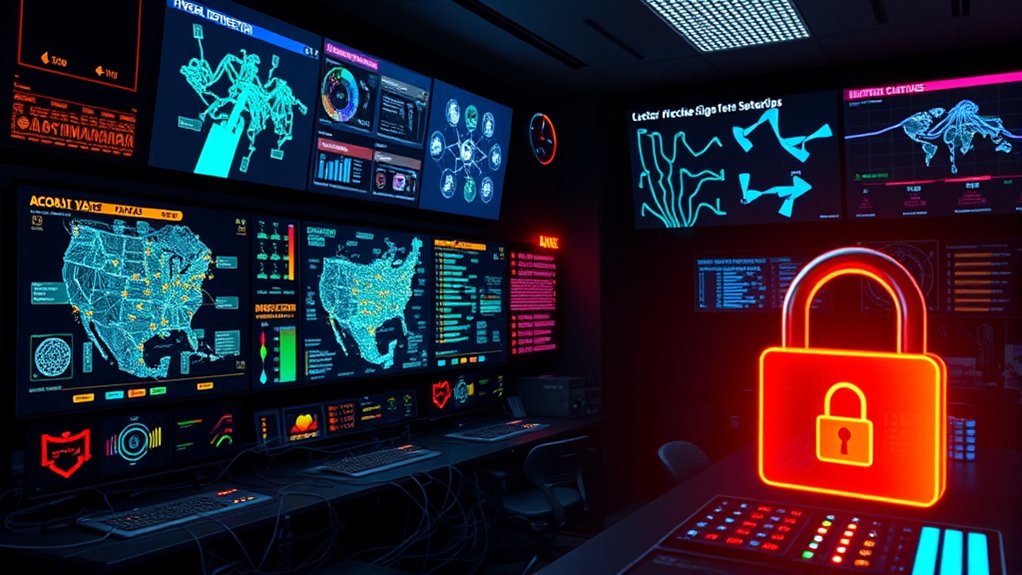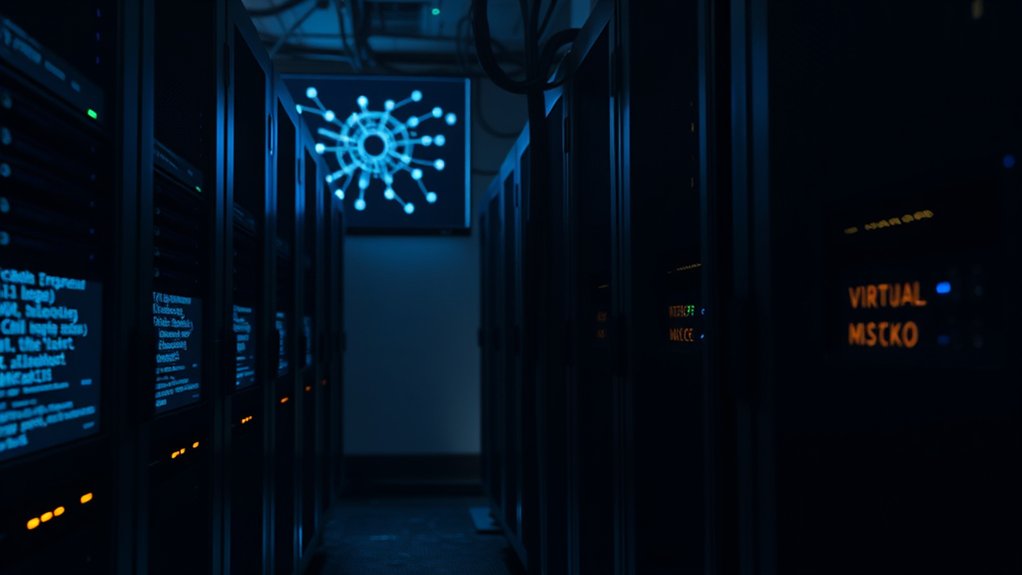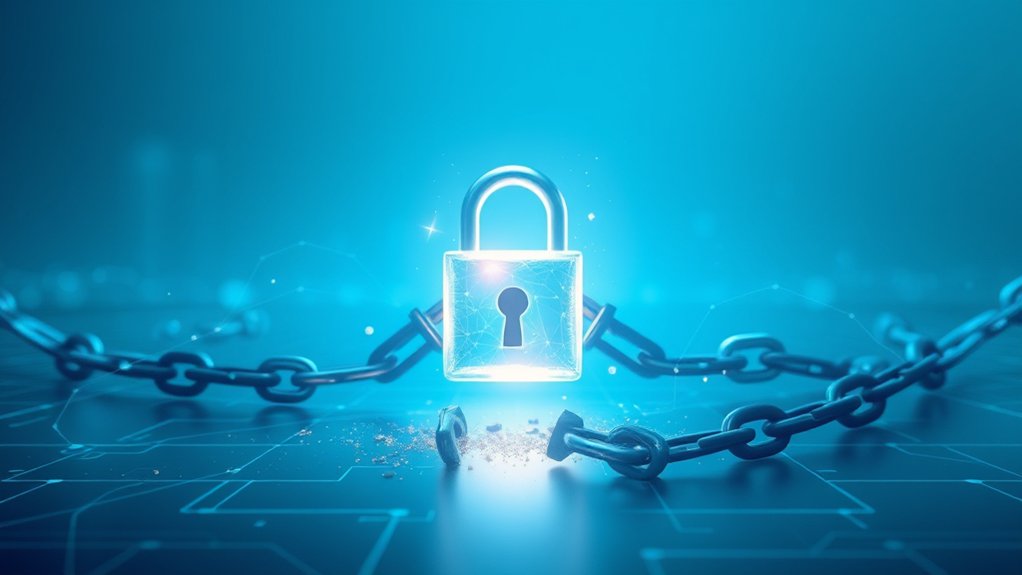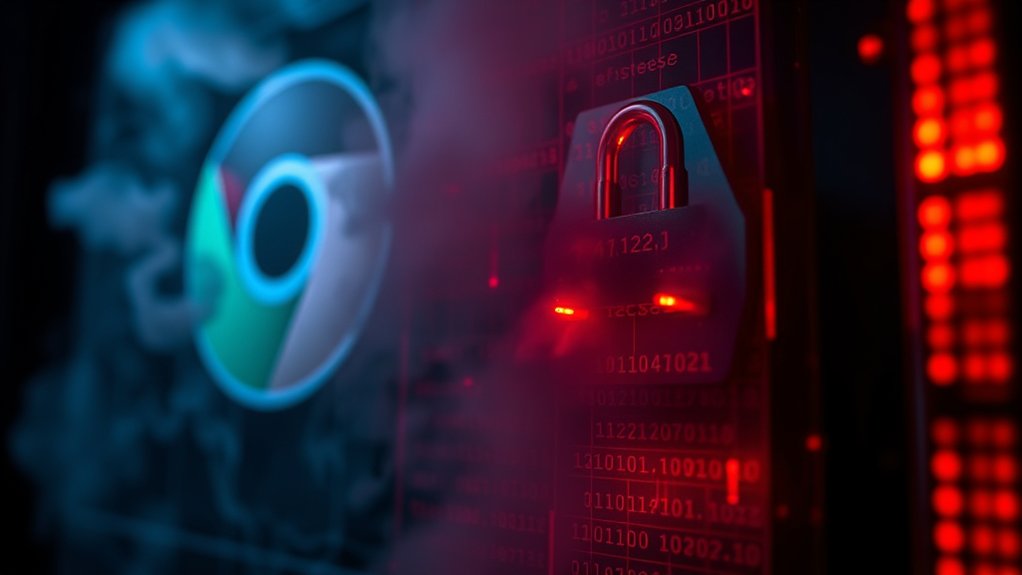As the Federal Energy Regulatory Commission (FERC) intensifies its oversight of cybersecurity measures within the electric grid, it has proposed critical infrastructure protection (CIP) standards designed to mitigate supply chain risks and strengthen the overall security of the bulk-power system. These proposals encompass the requirement for utilities to actively identify and assess supply chain risks, validate vendor information, and meticulously document responses to these risks. This thorough approach additionally expands the scope of existing regulations to include protected cyber assets (PCAs), thereby improving the strength of the grid’s cybersecurity.
The renewed focus on cybersecurity is driven not only by regulatory pressures but also by the escalating threat environment. Cybersecurity has ascended to the fourth position among strategic priorities for utility companies, as indicated by recent assessments. Moreover, the increased recognition of cybersecurity as a critical investment area reflects the growing urgency for utilities to enhance their defenses. Nevertheless, utilities face significant investment challenges, primarily because of regulatory constraints and limited access to rate relief, further complicating their ability to bolster security measures. A report from engineering firm Black & Veatch highlights that, although progress in cybersecurity investment is evident, the prioritization of physical security remains relatively low. Additionally, the approval of CIP-015-1 requires increased preparations for audits and heightened security measures.
In terms of regulatory actions, FERC’s recent rulemaking efforts led to significant improvements in cybersecurity standards, including directives for internal network security monitoring. NERC’s Reliability Standard CIP-015-1, vital for enhancing internal security, received swift approval from FERC. Revisions to Reliability Standard CIP-003 have also been introduced, aimed at mitigating risks posed by coordinated cyberattacks targeting low-impact systems.
Utilities must now adapt their operational frameworks to comply with these stringent cybersecurity mandates. This adaptation may increase operational costs, as additional security measures are required, potentially impacting budget allocations. In addition, as utilities integrate new technological upgrades to satisfy compliance requirements, workforce training will become paramount.
Steering through these regulatory environments and improving cybersecurity resilience is critical for maintaining grid reliability and preventing the serious disruptions associated with cyber threats. The readiness of utilities varies, implying a pressing need for strategic adjustments to meet these evolving demands effectively.









